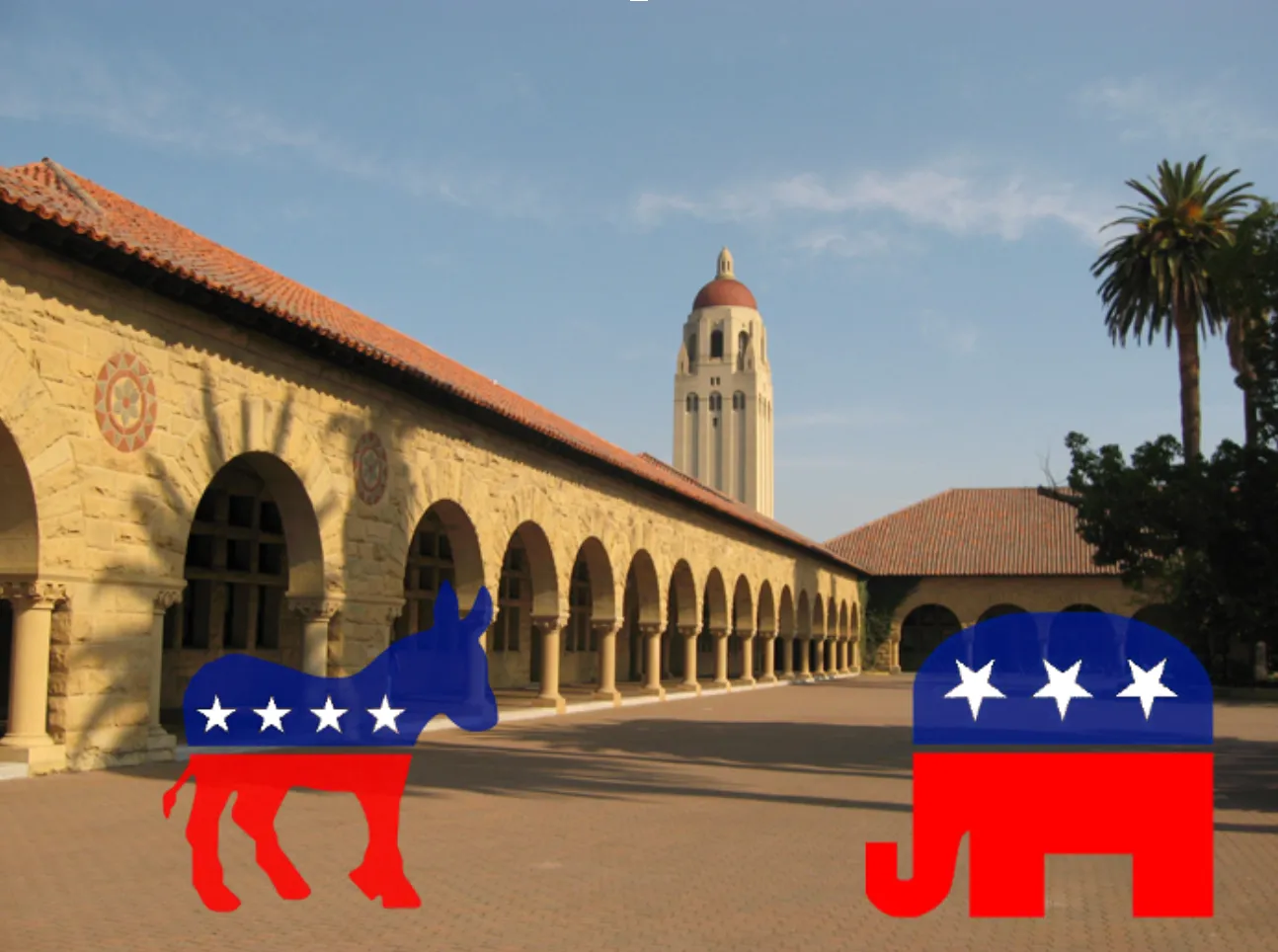Table of Contents
Harvard has also become the first of the major endowed universities to release returns for the last fiscal year, announcing a gain of 11 percent. This number can be interpreted many different ways:
-
In light of last year: after a loss of 27 percent the year before, an 11 percent gain doesn’t sound so bad.
-
Compared to Harvard’s own “base-line” portfolio: compared to a “base-line” gain of 9.4 percent, 11 percent is quite nice.
-
In light of the median return on institutional investments: compared to a 13.3 percent median gain for institutional investors (according to the Trust Universe Comparison Service), it’s a bit subpar.
-
Compared to the market: compared to the Dow Jones Industrial Average, which rose 18.9 percent over the same period, it doesn’t look so good.
Of course, the goal of an endowment is not compatible with a 100 percent equity position. Indeed, especially given the disastrous last year, Harvard and other schools are aiming to rebalance their portfolios to reduce the risk of another Titanic moment.
However, there are still some questions here. Why is Harvard lagging other institutional investments when it normally leads it by 3.7 percent (annualized over the past twenty years)? Why, according to the Financial Times, is it increasing its investments in “real assets” that track inflation, when inflation is at one of its lowest levels since the Great Depression?
The answer to the first question is complicated (and I don’t have a complete one). My guess is that it’s a combination of random shocks with residual losses still shaking out from Harvard’s investments. That and the fact that their “real asset” portfolio lost money, hurting overall returns. In addition, a new emphasis on liquidity in the wake of the dramatic crunch of the past few years means that even if Harvard Management Company CEO insists that the “endowment model” of investing in “long-term portfolios that differ from a traditional stock/bond mix in that they include allocations to less-traditional and less- liquid asset categories, such as private equity and real estate” is not dead, there is still a shift away from these higher yield instruments.
The answer to the second question is driven in part by Harvard’s new positions in what it sees as undervalued real estate that will ultimately gain in value. I’m still uncertain as to why investments in other inflation-shields would be desired at this juncture, but since this category includes commodities and other traded assets (not just TIPS or other inflation-protected bonds), losses in this category can just mean some bad bets rather than a flawed fear of runaway inflation. A more detailed view of the portfolio (which, shockingly, is not granted to the average Stanford junior) would be needed to differentiate between those possibilities.
So, all of this brings us to the question of what we can expect to see from Stanford’s endowment. One thing that we can clearly expect is a positive return, probably in the double digits as well. However, as with Harvard, even an extremely strong return of 15 percent or so would only begin to fill in the gap left by last year’s 27 percent loss. Indeed, such a gain would still leave Stanford’s endowment 16 percent below its peak (ignoring additional fund-raising). Indeed, if there’s one lesson that can be drawn form the Harvard experience, it’s this: several strong years will be needed to recover from the devastation and any further setbacks could be crippling. Perhaps a slow but steady gain is all that can be asked for at the moment (of course, we’re still pulling for a stronger Stanford performance, as presaged by improvements in Stanford’s partnerships and portfolios last year).
(In other endowment news, people are angry over big (well, at least for university employees) paydays for bad performances at Harvard and Yale. No such rage reported at Stanford, but we’ll see.)







